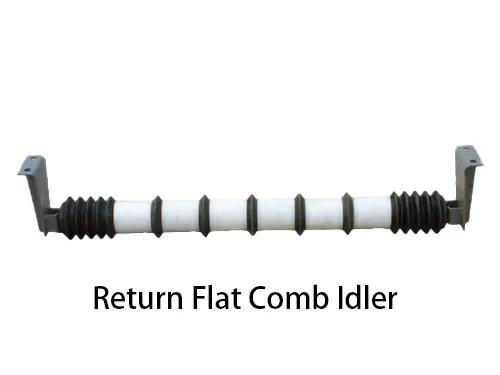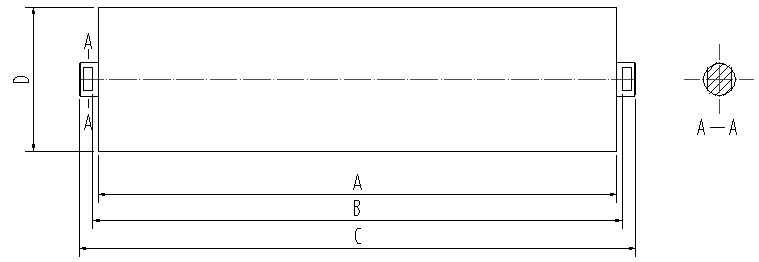 Afrikaans
Afrikaans  Albanian
Albanian  Amharic
Amharic  Arabic
Arabic  Armenian
Armenian  Azerbaijani
Azerbaijani  Basque
Basque  Belarusian
Belarusian  Bengali
Bengali  Bosnian
Bosnian  Bulgarian
Bulgarian  Catalan
Catalan  Cebuano
Cebuano  Corsican
Corsican  Croatian
Croatian  Czech
Czech  Danish
Danish  Dutch
Dutch  English
English  Esperanto
Esperanto  Estonian
Estonian  Finnish
Finnish  French
French  Frisian
Frisian  Galician
Galician  Georgian
Georgian  German
German  Greek
Greek  Gujarati
Gujarati  Haitian Creole
Haitian Creole  hausa
hausa  hawaiian
hawaiian  Hebrew
Hebrew  Hindi
Hindi  Miao
Miao  Hungarian
Hungarian  Icelandic
Icelandic  igbo
igbo  Indonesian
Indonesian  irish
irish  Italian
Italian  Japanese
Japanese  Javanese
Javanese  Kannada
Kannada  kazakh
kazakh  Khmer
Khmer  Rwandese
Rwandese  Korean
Korean  Kurdish
Kurdish  Kyrgyz
Kyrgyz  Lao
Lao  Latin
Latin  Latvian
Latvian  Lithuanian
Lithuanian  Luxembourgish
Luxembourgish  Macedonian
Macedonian  Malgashi
Malgashi  Malay
Malay  Malayalam
Malayalam  Maltese
Maltese  Maori
Maori  Marathi
Marathi  Mongolian
Mongolian  Myanmar
Myanmar  Nepali
Nepali  Norwegian
Norwegian  Norwegian
Norwegian  Occitan
Occitan  Pashto
Pashto  Persian
Persian  Polish
Polish  Portuguese
Portuguese  Punjabi
Punjabi  Romanian
Romanian  Russian
Russian  Samoan
Samoan  Scottish Gaelic
Scottish Gaelic  Serbian
Serbian  Sesotho
Sesotho  Shona
Shona  Sindhi
Sindhi  Sinhala
Sinhala  Slovak
Slovak  Slovenian
Slovenian  Somali
Somali  Spanish
Spanish  Sundanese
Sundanese  Swahili
Swahili  Swedish
Swedish  Tagalog
Tagalog  Tajik
Tajik  Tamil
Tamil  Tatar
Tatar  Telugu
Telugu  Thai
Thai  Turkish
Turkish  Turkmen
Turkmen  Ukrainian
Ukrainian  Urdu
Urdu  Uighur
Uighur  Uzbek
Uzbek  Vietnamese
Vietnamese  Welsh
Welsh  Bantu
Bantu  Yiddish
Yiddish  Yoruba
Yoruba  Zulu
Zulu Jan . 30, 2025 00:44
Back to list
conveyor return idlers
Conveyor return idlers play a critical role in mining, manufacturing, and a plethora of other industries that rely on material transport systems. Understanding the intricacies of these essential components provides valuable insights into maintaining efficient and safe conveyor operations.
The installation of return idlers requires precision. Misalignment can lead to belt tracking issues, increasing wear or even causing the belt to derail. Implementing a regular maintenance schedule, including inspections and adjustments, is necessary to keep return idlers functioning properly. In environments with high dust levels, sealed or self-cleaning return idlers might be beneficial to prevent abrasive materials from settling and causing premature wear. As technology advances, innovations in return idler design continue to emerge. For instance, the integration of smart monitoring systems allows for real-time tracking of idler performance, alerting operators to issues before they result in failures. These systems can enhance the trustworthiness of the conveyor setup by reducing unscheduled downtimes and ensuring operational efficiency. Expertise in selecting and maintaining return idlers extends beyond basic operational knowledge. It requires an understanding of the specific needs of the conveyor system and the environment it operates in. Consulting experts with a deep understanding of conveyor technologies can provide operators with tailored solutions, ensuring that every aspect of the conveyor system, including the return idlers, minimizes operational risks. In summary, conveyor return idlers, although often overlooked, are vital components that contribute significantly to the overall performance of conveyor systems. Proper selection, installation, and maintenance of these idlers can enhance system efficiency, reduce operational costs, and extend the lifespan of the conveyor belt. By leveraging advancements in materials and technology, businesses can improve the reliability and efficiency of their conveyor systems, thereby maintaining a competitive edge in their operations.


The installation of return idlers requires precision. Misalignment can lead to belt tracking issues, increasing wear or even causing the belt to derail. Implementing a regular maintenance schedule, including inspections and adjustments, is necessary to keep return idlers functioning properly. In environments with high dust levels, sealed or self-cleaning return idlers might be beneficial to prevent abrasive materials from settling and causing premature wear. As technology advances, innovations in return idler design continue to emerge. For instance, the integration of smart monitoring systems allows for real-time tracking of idler performance, alerting operators to issues before they result in failures. These systems can enhance the trustworthiness of the conveyor setup by reducing unscheduled downtimes and ensuring operational efficiency. Expertise in selecting and maintaining return idlers extends beyond basic operational knowledge. It requires an understanding of the specific needs of the conveyor system and the environment it operates in. Consulting experts with a deep understanding of conveyor technologies can provide operators with tailored solutions, ensuring that every aspect of the conveyor system, including the return idlers, minimizes operational risks. In summary, conveyor return idlers, although often overlooked, are vital components that contribute significantly to the overall performance of conveyor systems. Proper selection, installation, and maintenance of these idlers can enhance system efficiency, reduce operational costs, and extend the lifespan of the conveyor belt. By leveraging advancements in materials and technology, businesses can improve the reliability and efficiency of their conveyor systems, thereby maintaining a competitive edge in their operations.
Latest news
-
Revolutionizing Conveyor Reliability with Advanced Rubber Lagging PulleysNewsJul.22,2025
-
Powering Precision and Durability with Expert Manufacturers of Conveyor ComponentsNewsJul.22,2025
-
Optimizing Conveyor Systems with Advanced Conveyor AccessoriesNewsJul.22,2025
-
Maximize Conveyor Efficiency with Quality Conveyor Idler PulleysNewsJul.22,2025
-
Future-Proof Your Conveyor System with High-Performance Polyurethane RollerNewsJul.22,2025
-
Driving Efficiency Forward with Quality Idlers and RollersNewsJul.22,2025
OUR PRODUCTS





























